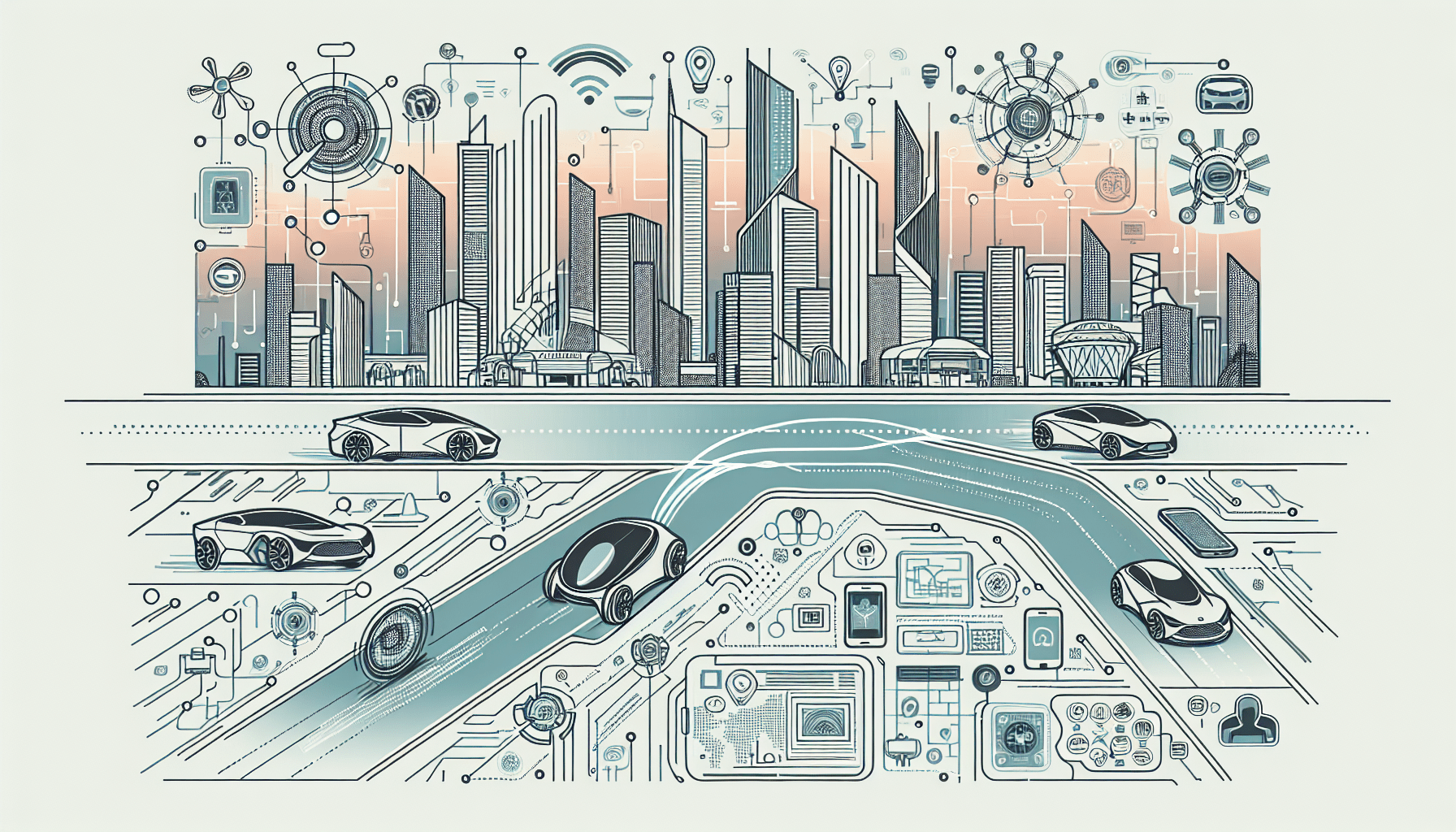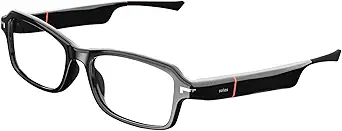The world of Advanced Air Mobility (AAM) is rapidly evolving, driven by technological advancements and the pressing need for innovative transportation solutions. As urban areas become increasingly congested, the integration of Unmanned Aerial Vehicles (UAVs) in our cities presents exciting prospects—but with this promise comes a significant responsibility to ensure safety. A critical aspect of this is the role that artificial intelligence (AI) plays in enhancing the path planning of UAVs, allowing for safer operations in complex urban landscapes.
Unmanned Aerial Vehicles, commonly known as drones, have permeated various sectors, from delivery services to surveillance and emergency response. Their ability to navigate and operate in urban settings showcases their versatility. However, the challenges are manifold. Urban airspace is fraught with obstacles—from buildings and trees to other air traffic and strict regulatory frameworks. Understanding these challenges is vital for the future deployment of UAVs in busy environments, where innovative solutions are necessary to resolve conflicts with traditional air traffic and comply with safety regulations.
As cities strive to adopt smart technology, UAVs hold the potential to revolutionize transport logistics. Efficient UAV operations can significantly reduce delivery times and urban congestion, paving the way for a new era of instant delivery services. However, to harness this potential, we must confront the complexities of urban air mobility head-on.
Central to the operation of UAVs in urban settings is the Constrained Shortest Path (CSP) problem. This critical aspect pertains to finding the most efficient route from one point to another while adhering to various constraints—such as altitude restrictions, no-fly zones, and dynamic obstacles. The NP-hard nature of CSP makes it a complex problem, requiring sophisticated methodologies for effective resolution.
Traditional approaches to solving the CSP often fall short when applied to the dynamic demands of urban airspace. Enter transformer-based neural networks, a cutting-edge AI technology that offers promising alternatives. These models can learn from vast amounts of data to make real-time decisions, providing UAVs with exceptionally intelligent and responsive path-planning capabilities.
In the recent research paper titled “Transformer-based Heuristic for Advanced Air Mobility Planning” by Jun Xiang and Jun Chen, a novel algorithm is introduced, which takes advantage of the capabilities of transformer-based neural networks. This paper delves into the innovative heuristics that significantly enhance the performance of UAV path planning. One of the noteworthy developments is the ASD A* algorithm, which integrates a custom learning-based heuristic developed specifically for UAVs operating in complex environments.
The advantage of using transformer-based heuristics lies in their ability to process and analyze vast datasets efficiently. This leads to enhanced computational efficiency, where traditional constraints and the need for fast responses in real-world scenarios pose challenges. By leveraging a learning-based approach, UAVs can navigate more intelligently through their environments, addressing both safety concerns and efficiency in operations.
The insights from the referenced research highlight several key contributions to the field of UAV path planning. By introducing a custom heuristic and optimizing existing algorithms, Xiang and Chen aim to address the prevalent challenges faced by UAVs in urban transport. Key features of their approach include:
- Introduction of the ASD A* algorithm tailored for complex risk scenarios.
- Development of a learning-based heuristic that enhances path-planning effectiveness.
- Increased computational efficiency, allowing for quicker responses and more reliable operations.
- A comprehensive dataset that supports nuanced decision-making in urban environments.
These advancements contribute significantly to making the airspace safer for UAV operations, especially in densely populated urban areas where safety cannot be compromised.
The implications of improved UAV path planning are massive. As logistics companies and urban planners push to implement AAM solutions, the enhanced capabilities of UAVs will seamlessly integrate them into existing transport infrastructures. Imagine a world where emergency responders can deploy drones to deliver medical supplies rapidly, or delivery services can ensure packages reach their destinations through the least congested routes.
Moreover, the incorporation of such advanced technologies in smart city designs will reshape urban mobility. With AI guiding UAV operations, cities could become more responsive, reducing traffic on the ground while maintaining airspace safety. This could lead to a future where UAVs play an integral role in transport systems, ensuring a balance between innovation and safety.
As we look ahead, the integration of AI in transportation systems presents opportunities previously limited to science fiction. The increasing sophistication of algorithms like ASD A* combined with the inherent capabilities of UAVs can transform cities into bustling hubs of efficient transportation. However, this evolution must be matched with rigorous safety standards and ongoing advancements in UAV technology. Continuous research and development are critical, as the stakes for operational safety in urban airspace are incredibly high.
In conclusion, the transformative potential of AI-driven UAV technology in urban mobility is unmistakable. By leveraging advanced path planning techniques, we can unlock the possibilities of smarter transport systems—where safety and efficiency go hand in hand. Now is the time to envision a future where sky taxis and automated deliveries are commonplace, reshaping the way we navigate the challenges of urbanization.
For more detailed insights into the research, check out the full paper here.










